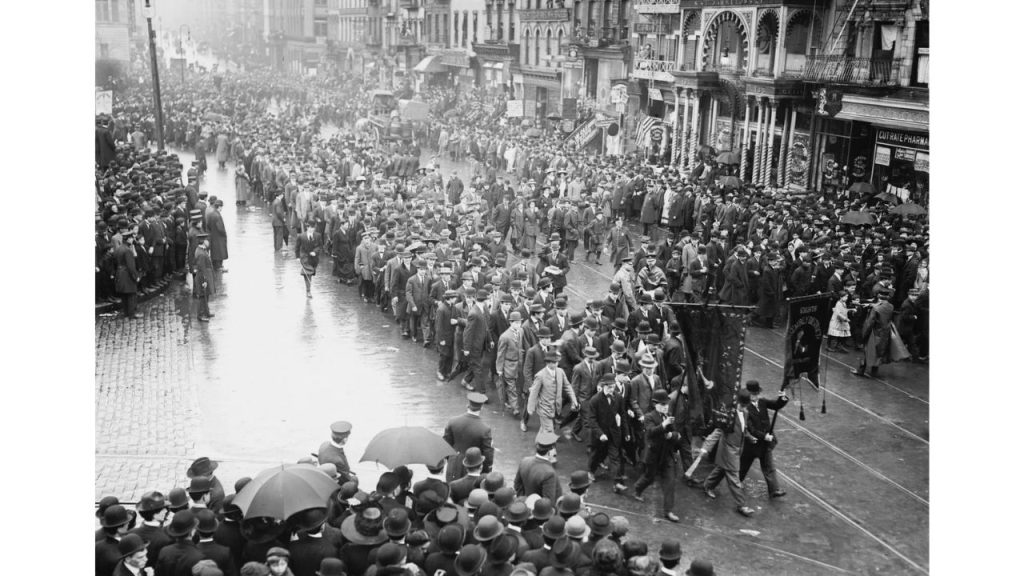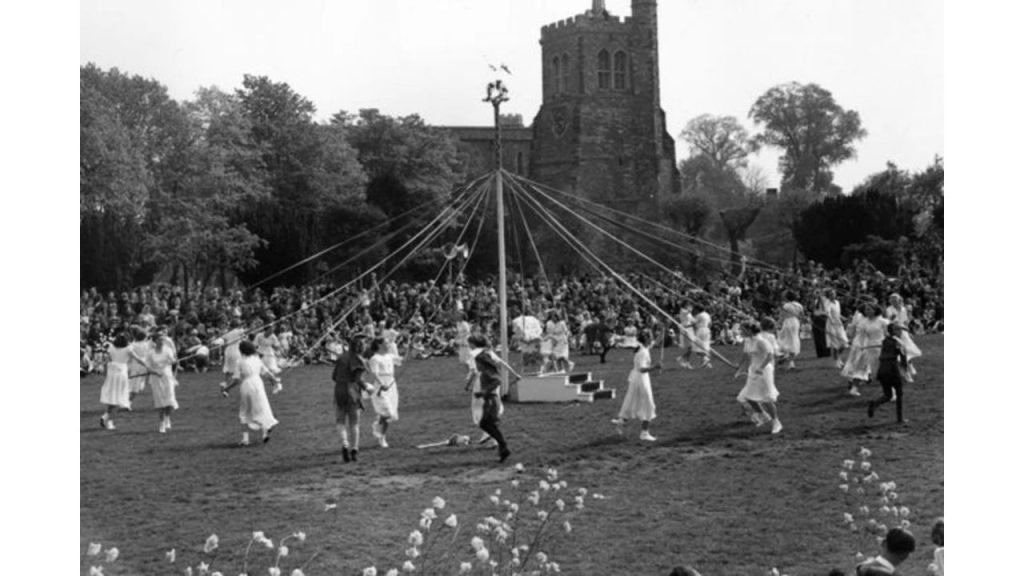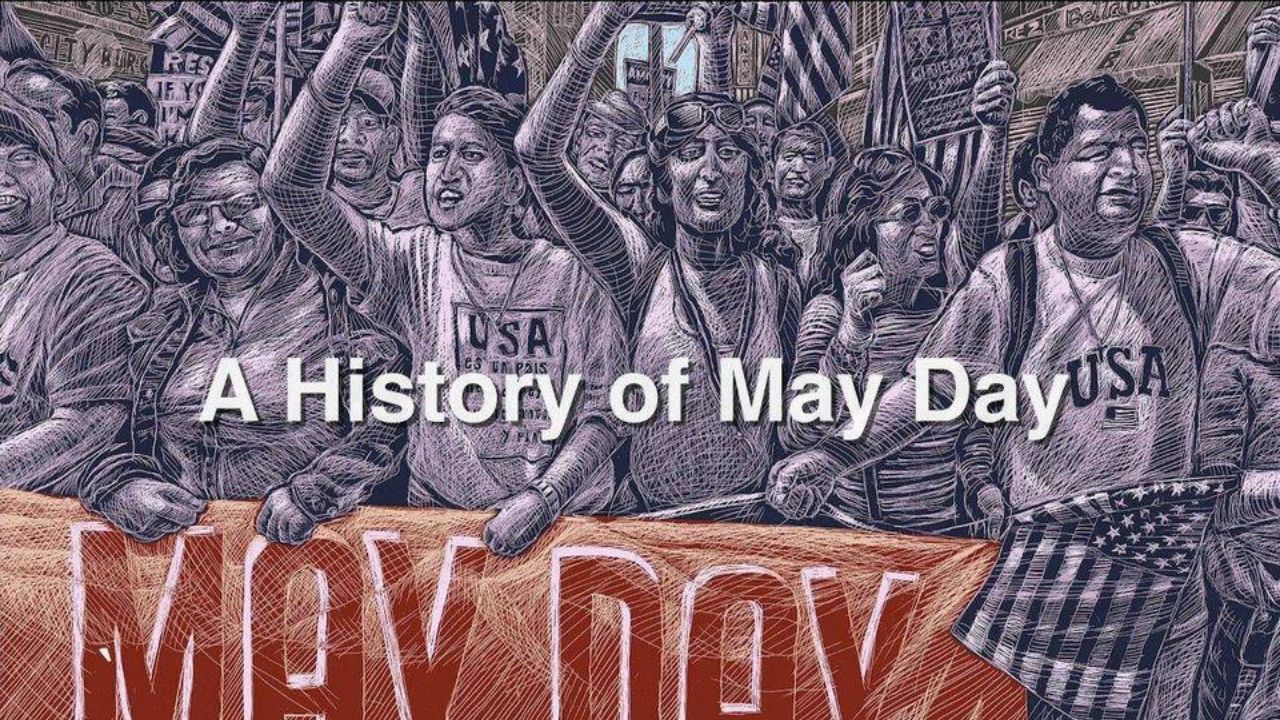The History of May Day
Introduction
May Day, observed every year on the 1st of May, holds a unique place in global culture and history. To some, it is a joyful spring festival with ancient roots, marked by dancing, singing, and celebrations of fertility and renewal. To others, it stands as International Workers’ Day — a day of labor solidarity, protests, and remembrance of the struggles fought by workers for better rights, wages, and conditions. The dual identity of May Day makes it a fascinating cultural and political phenomenon. This article explores the comprehensive history of May Day, tracing its ancient origins, its evolution into a labor movement, and its modern-day significance around the world.
Ancient Origins of May Day
The roots of May Day date back thousands of years to ancient agricultural societies in Europe, where the day was associated with fertility rites and the changing of the seasons. In pre-Christian Europe, communities relied heavily on the rhythms of the natural world, and seasonal festivals marked key points in the agricultural year.
Beltane and Pagan Traditions
Among the Celts, May 1st was celebrated as Beltane, one of the four major Gaelic seasonal festivals, alongside Samhain, Imbolc, and Lughnasadh. Beltane marked the halfway point between the spring equinox and the summer solstice and was seen as a time when the veil between the human and supernatural worlds was thin. Large bonfires were lit to protect people and livestock, and rituals were performed to ensure fertility and prosperity.
Other ancient European cultures also celebrated the coming of spring around the same time. The Romans held the festival of Floralia from April 28 to May 3 in honor of Flora, the goddess of flowers and spring. It was a time of games, theatrical performances, and public revelry.

The Maypole and Folk Traditions
As Christianity spread across Europe, many of these pagan traditions were either suppressed or incorporated into Christian practices. However, May Day celebrations persisted in rural communities. One of the most iconic symbols of May Day — the maypole — originated in medieval Germany and England. Villagers would cut down a tall tree, decorate it with flowers and ribbons, and dance around it to celebrate the renewal of life and fertility of the land.
Another custom involved selecting a May Queen, a young woman chosen to preside over the festivities, representing the personification of springtime. These folk traditions emphasized joy, community, and connection to nature.
May Day and the Labor Movement
While May Day had long been a celebration of nature’s rebirth, the late 19th century saw the day take on new significance as a symbol of workers’ rights and social justice.
The Industrial Revolution and Workers’ Struggles
The Industrial Revolution, beginning in the late 18th century, transformed societies from agrarian to industrial economies. While it brought technological advancements and economic growth, it also created harsh working conditions. Factory laborers, including women and children, worked long hours — often 12 to 16 hours a day — for meager wages in unsafe environments.
The rise of capitalism and the concentration of wealth and power among industrialists led to increased exploitation of workers. In response, labor unions began to organize, advocating for improved conditions, fair pay, and reduced working hours.

The Demand for the Eight-Hour Work in a Day
One of the central demands of the labor movement in the 19th century was the establishment of the eight-hour workday. Workers argued that eight hours should be allotted for work, eight for recreation, and eight for rest. This slogan, “Eight hours for work, eight hours for rest, and eight hours for what we will,” became a rallying cry.
In 1884, the Federation of Organized Trades and Labor Unions of the United States and Canada (which later became the American Federation of Labor) set May 1, 1886, as the date by which the eight-hour workday would become standard. If not, widespread strikes and demonstrations were planned.
The Haymarket Affair
On May 1, 1886, tens of thousands of workers across the United States participated in strikes and rallies. The largest took place in Chicago, where labor activism was particularly strong. The protests were initially peaceful, but tensions escalated over the following days.
On May 4, 1886, a protest at Haymarket Square in Chicago turned tragic. An unknown individual threw a bomb at police officers who were attempting to disperse the crowd. The explosion and subsequent gunfire resulted in the deaths of several police officers and civilians.
In the aftermath, authorities arrested and tried eight anarchist labor activists, despite a lack of evidence linking them to the bombing. Four were executed, one committed suicide in prison, and three were eventually pardoned. The Haymarket Affair became a powerful symbol of labor repression and the struggle for workers’ rights.
The International Recognition of May Day
In 1889, the Second International, an organization of socialist and labor parties, met in Paris and declared May 1st as International Workers’ Day in honor of the Haymarket martyrs and the global struggle for the eight-hour workday. Since then, May Day has been observed as a day of solidarity among the workers worldwide.

May Day in the 20th Century
Throughout the 20th century, May Day continued to serve as a focal point for labor activism, political demonstrations, and celebrations of working-class culture.
Communist and Socialist Associations
In many countries, particularly those with socialist or communist governments, May Day became an official holiday marked by grand parades, speeches, and military displays. The Soviet Union famously held large-scale celebrations in Moscow’s Red Square, where workers, soldiers, and party officials marched past the Kremlin in displays of national strength and unity.
These events served both to honor workers and to promote the achievements of socialist systems. Similar parades were held in Eastern Bloc countries, China, Cuba, and other socialist states.
May Day in the United States
In contrast, the United States, where the labor movement had sparked the modern May Day tradition, distanced itself from the holiday due to its association with radicalism and socialism. In 1894, following the Pullman Strike and nationwide labor unrest, President Grover Cleveland signed legislation establishing Labor Day in early September as the official holiday for honoring workers — a move seen by many as an attempt to separate American labor observances from the more politically charged May 1st.
Nonetheless, labor unions and leftist organizations in the U.S. continued to commemorate May Day, and it remains an important day for protests, strikes, and immigrant rights demonstrations.
Contemporary May Day Observances
Today, May Day is observed in diverse ways around the world, reflecting its dual heritage as both a spring festival and a day of labor solidarity.
-
Europe
In much of Europe, May Day is an official public holiday and remains closely associated with labor rights. Countries such as France, Germany, Italy, and Spain hold large demonstrations organized by trade unions, leftist parties, and workers’ organizations. These events often address contemporary issues such as wage inequality, labor market reforms, and workers’ protections.
At the same time, traditional May Day customs, like dancing around the maypole and crowning the May Queen, persist in many rural communities.
-
Latin America
In Latin America, May Day is a significant occasion for political activism and labor demonstrations. Countries such as Argentina, Brazil, Mexico, and Cuba mark the day with marches, speeches, and cultural events advocating for workers’ rights and social justice.
In Cuba, May Day is particularly celebrated, with massive parades in Havana’s Plaza de la Revolution, often attended by the nation’s leadership.

-
Asia and Africa
In countries like India, China, and Vietnam, May Day is a public holiday and an opportunity for labor unions to voice demands for better working conditions and social benefits. Similarly, in many African nations, May Day is a day for recognizing the contributions of workers and advocating for labor rights in the face of ongoing economic challenges.
May Day in the 21st Century
In the 21st century, May Day has seen a resurgence as a platform for broader social movements. In the United States, for example, immigrant rights groups have adopted May Day for nationwide marches calling for immigration reform and protections for undocumented workers.
Globally, May Day continues to be a day of protest and solidarity, addressing issues such as gender equality, climate justice, and workers’ rights in the gig economy.
Conclusion
May Day’s rich and complex history reflects the evolving relationship between people, labor, and power. From its ancient roots as a celebration of spring’s arrival to its pivotal role in the international labor movement, May Day has served as a marker of both joy and struggle.
Today, it remains a powerful reminder of the sacrifices made by past generations of workers and the ongoing fight for dignity, fairness, and justice in the workplace and beyond. Whether celebrated with flowers and dancing or protests and speeches, May Day endures as a symbol of hope, renewal, and solidarity. Click here


Awesome https://is.gd/tpjNyL
tnx
Good https://is.gd/tpjNyL
Tnx
Good https://is.gd/tpjNyL
Tnx
Awesome https://is.gd/tpjNyL
Tnx